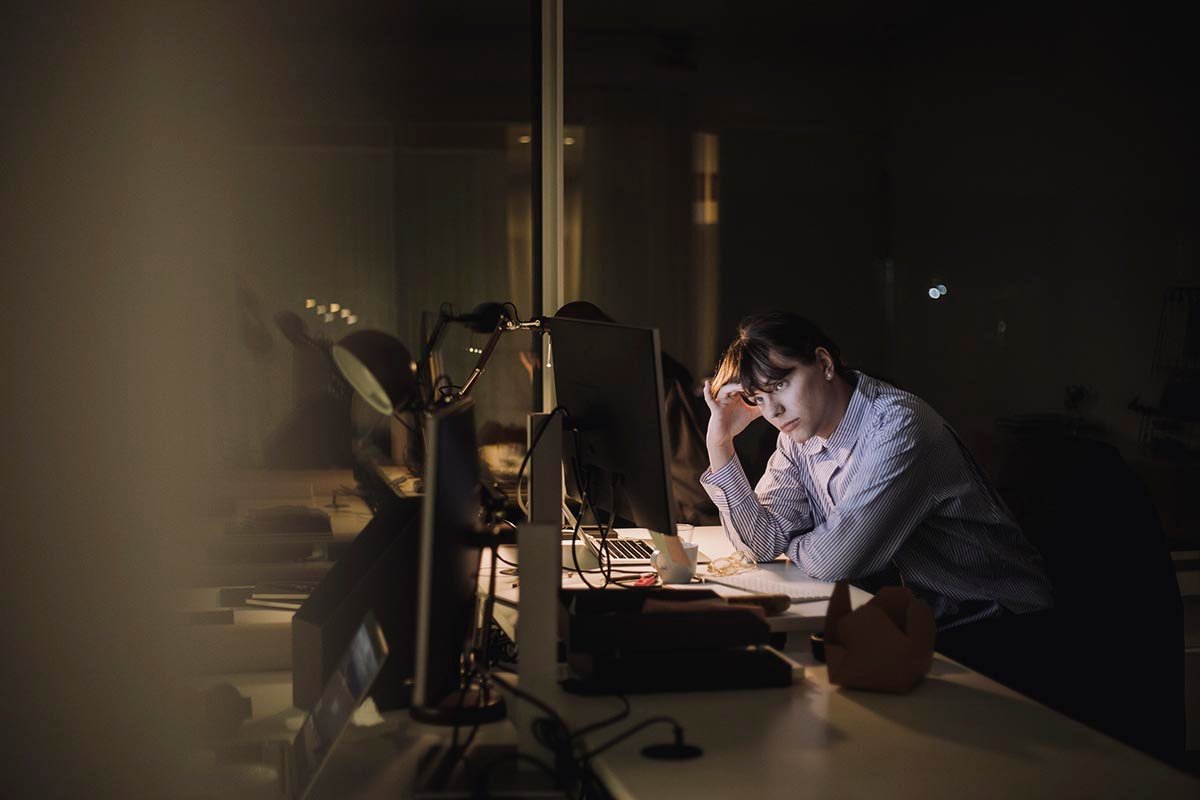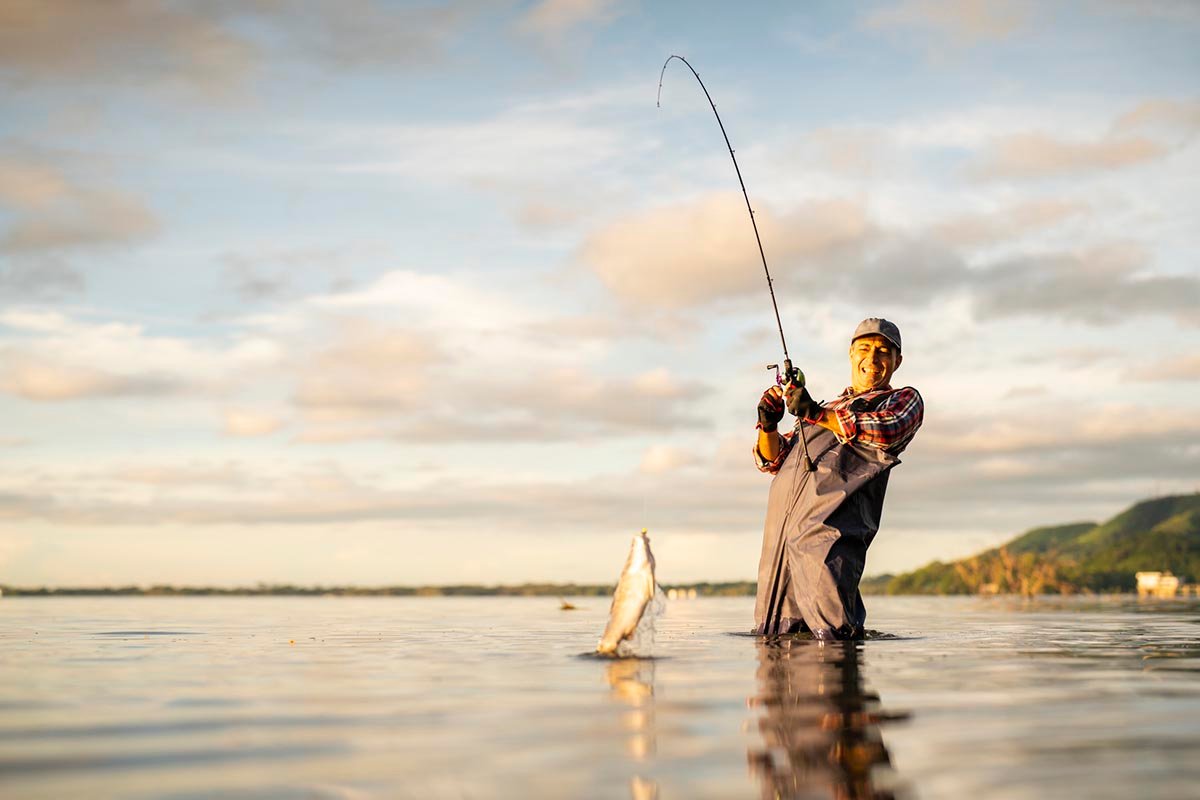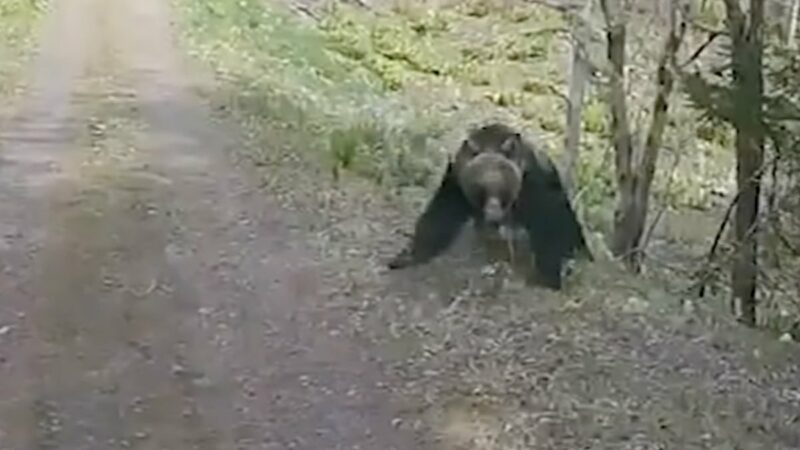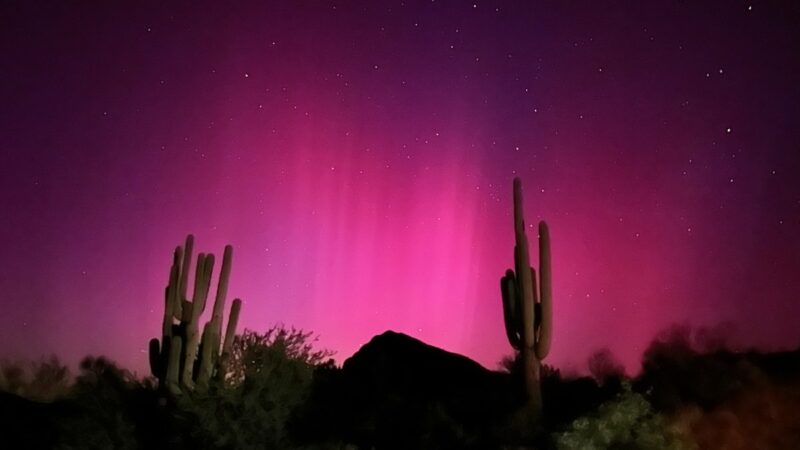Nature vs. Burnout: How the Great Outdoors Could Address the Burnout Epidemic
On the heels of a global pandemic, the workforce is now in the midst of a burnout epidemic, with three in four people saying they’ve experienced workplace burnout. The hustle culture is real, even in a post-COVID, work-from-home world. In fact, in many cases, working from home is adding to people’s feelings of being overworked and always on, which contributes to workplace burnout. Could nature be the antidote? If so, how do we get employers onboard?
A new study from Deloitte says 77% of respondents have experienced burnout at least once in their current job, and more than half of those respondents have experienced burnout more than once. Employers should care about this, because 91% say that burnout, stress, and frustration negatively impacts their quality of work, and this is true even when people like their jobs. For reference, 87% of Deloitte’s survey group claim to have a passion for their current work. (Deloitte was contacted for this article, however, staff were unavailable to comment due to a “collective disconnect” happening at the time of writing.)
Workplace culture is part of the problem. One in four respondents say they never or rarely use their vacation days, and the study cites lack or support or recognition from leadership as the top drivers of workplace burnout.
Can Spending Time in Nature Reduce Workplace Burnout?
Michelle Kondo, PhD, a research social scientist for the U.S. Forest Service, says we shouldn’t sleep on the benefits nature can have on physical and mental health. “There is general evidence that nature is beneficial to our health,” she says. “As far as workplace burnout is a result of stress, research has shown that nature can restore our capacities, or help us cope with stress. In addition, workplace burnout might be related to a lack of strong, positive, and healthy relationships at work. There is very strong evidence that nature can help us connect with one another, and it can help us feel less isolated.”
A few studies have specifically investigated nature’s impact on workplace burnout. Kondo points to a recent study of full-time office employees in the U.S. that found that more nature exposure at work was associated with less burnout and better job satisfaction. One study found that simply having access to views of nature within workplaces for nurses was associated with lower rates of burnout.

Kondo says nature can restore our capacities. “It can help us focus and pay attention, and it can help us recover from stress,” she explains. “Being in nature can help us to feel calm and even happy; it increases positive emotions and reduces negative emotions.”
For people in urban environments, Kondo says green environments that look cared-for can help urbanites feel fewer symptoms of depression. “There are a number of other developing areas of research that might explain how the outdoors improves our health,” she adds. “Being outside and in more biodiverse environments can [even] improve our gut microbiome.”
Burnout Retreats and Nature Rx
An industry seems to have sprung up around the burnout epidemic and the pursuit of a “burnout cure.” Today, there are burnout retreats or burnout prevention programs, nature retreats, wellness retreats, and screen-free or digital detox retreats all promoting themselves as the solution to the workplace’s woes.
For instance, there’s a burnout prevention retreat in the Austrian thermal spa town of Bad Waltersdorf that will set you back nearly $7,000 per person. There are also unplugged experiences from the likes of Digital Detox, as well as luxury nature/wellness retreats à la Blackberry Farm’s Deep Healing Woods that cost $1,200 per person, plus the cost of accommodations.
Is an expensive retreat really the answer, though? Kondo says no, getting outdoor time and receiving the benefits of it can be a no-cost or low-cost activity. The U.S. Forest Service even built a tool called Discover the Forest / Discubre el Bosque to help people find nearby parks, forests, and greenspaces to visit outdoors.
Another no-cost or low-cost option to combat burnout is to take your exercise routine outdoors—or start an exercise routine all together. Rachel Judith Bretland, a researcher associated with the University of New England in Australia, has conducted research that explores the link between physical exercise and burnout. Bretland and her team discovered that after two weeks of regular cardiovascular exercise, study participants saw reduced levels of emotional exhaustion, and after a month, they experienced reductions in overall burnout, stress, and psychological distress.
“[I think] most people who venture outdoors do engage in exercise, whether it be a deliberate goal to exercise outdoors or incidental exercise done as a part of other enjoyable outdoor activities,” Bretland says. “I think therefore that being outdoors provides the perfect setting to conduct exercise, which will positively impact your burnout.”
Bretland says it can take up to four weeks for the effects of exercise to impact burnout, and this is also about the length of time needed to establish a new habit. She says she personally goes for a run every day she can, and she craves doing that exercise outdoors. “If the weather is inclement and I have to substitute my run for an indoor exercise program, I do not feel that I get the same emotional release that I get when I run outside,” she adds.
While it’d be nothing new for doctors to encourage their patients to start exercising, what if healthcare providers started prescribing nature, or, by extension, exercising outdoors? Kondo says nature prescription programs are beginning to re-emerge globally.

“There was an early movement, around the turn of the 20th century, in which healthcare providers gave children and families living in polluted urban environments time in healthy outdoor settings,” she explains. “For example, the current Children’s Hospital of Philadelphia began as the Children’s Seashore House on the shore of New Jersey to improve the health of children living in the Philadelphia metropolitan area.”
Kondo is working with some partners like the Children’s Hospital of Philadelphia to build a local nature prescription program called Prescribe Outside. Beyond efforts from the U.S. Forest Service and healthcare providers, though, employers need to do their part to create environments that don’t burn their people out. In the Deloitte survey, nearly 70% of professionals said their employers aren’t doing enough to prevent or alleviate burnout within their organization.
Employers can turn the tide by ensuring employees take the breaks they’re legally required to take (many don’t), encouraging employees to ask for what they want and need in terms of flexibility, and ending stigma against using PTO. If they want to take it a step further, employers can consider offering sabbatical leave. In an interview with the SHRM (Society for Human Resource Management), SAPRO, a New York City consulting firm, reported that its employee engagement score rose to 83% and its turnover rate dropped to less than 5% after the company instituted a sabbatical program for its employees.
While it’s not easy to change workplace culture, it’s also not easy to hire over and over again when positions become a revolving door of burnt-out employees. Sending employees on an expensive burnout retreat may not be in reach, but small steps in the right direction will certainly make a difference.
On an individual level, people struggling with burnout in the workplace should strongly consider self-prescribing their own nature Rx. A burnout retreat sounds nice, but spending more time outdoors could be just as powerful of a remedy.
Do you turn to nature to beat burnout? Tell us in the comments below.







